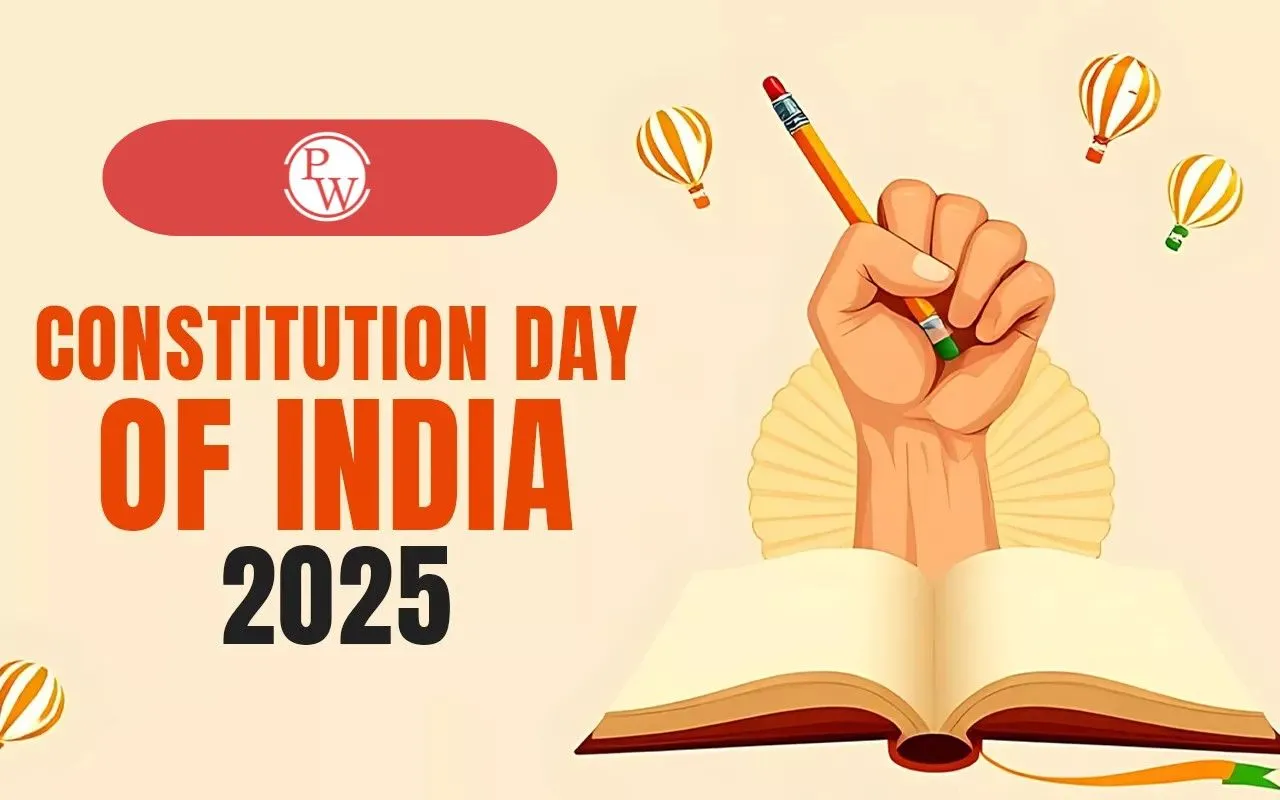

Constitution Day of India 2025: Constitution Day of India, or Samvidhan Diwas, is celebrated every year on November 26. This day commemorates the formal adoption of the Indian Constitution in 1949. It is a time to honor the monumental efforts of the Constituent Assembly. We reflect on the fundamental principles that govern the world's largest democracy.
Constitution Day of India 2025
In 2025, India will observe its 76th Constitution Day on Thursday, November 26. This day is crucial for reinforcing constitutional values like fraternity and equality. The government organizes educational programs and public readings of the Preamble nationwide. These events aim to foster civic responsibility and awareness among citizens.
Constitution Day of India Historical Background
The Constitution was formally adopted by the Constituent Assembly on November 26, 1949. It was ratified after nearly three years of meticulous deliberation. The document later came into effect on January 26, 1950. That date is famously celebrated as India's Republic Day. The observance of November 26 as Constitution Day was officially declared in 2015. This declaration honored Dr. B.R. Ambedkar's 125th birth anniversary.
The Drafting Journey and Key Architect
The Constituent Assembly was formed in December 1946 to draft the Constitution. Dr. Rajendra Prasad served as the Assembly’s President. The Drafting Committee was led by Dr. B.R. Ambedkar, known as the "Father of the Indian Constitution." The drafting process took 2 years, 11 months, and 18 days to finalize. The document established India as a sovereign democratic republic.
Significance: Upholding Core Constitutional Values
The day emphasizes the importance of upholding the Preamble’s four pillars: Justice, Liberty, Equality, and Fraternity. It encourages citizens to reflect on their fundamental rights and duties. Constitution Day is a tribute to Dr. Ambedkar's vision of an equitable society. It serves as a reminder that the Constitution is a dynamic vehicle of life for the nation.
Key Features of the Indian Constitution
The Indian Constitution is the longest written Constitution of any sovereign country globally. At its inception, it contained 395 Articles in 22 Parts and 8 Schedules. It uniquely blends both rigidity and flexibility for amendments. The document draws inspiration from various global constitutions, ensuring a comprehensive framework.
